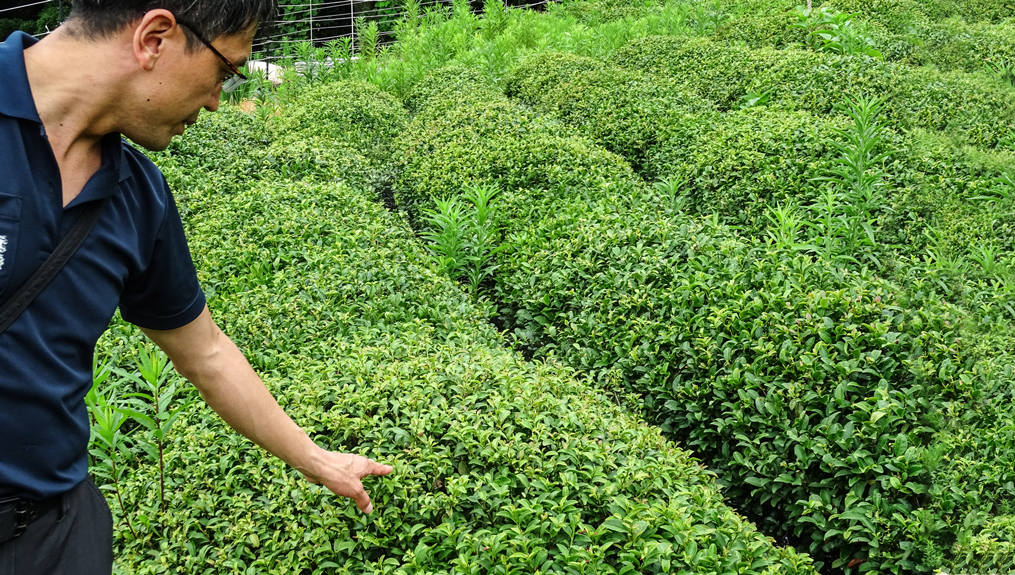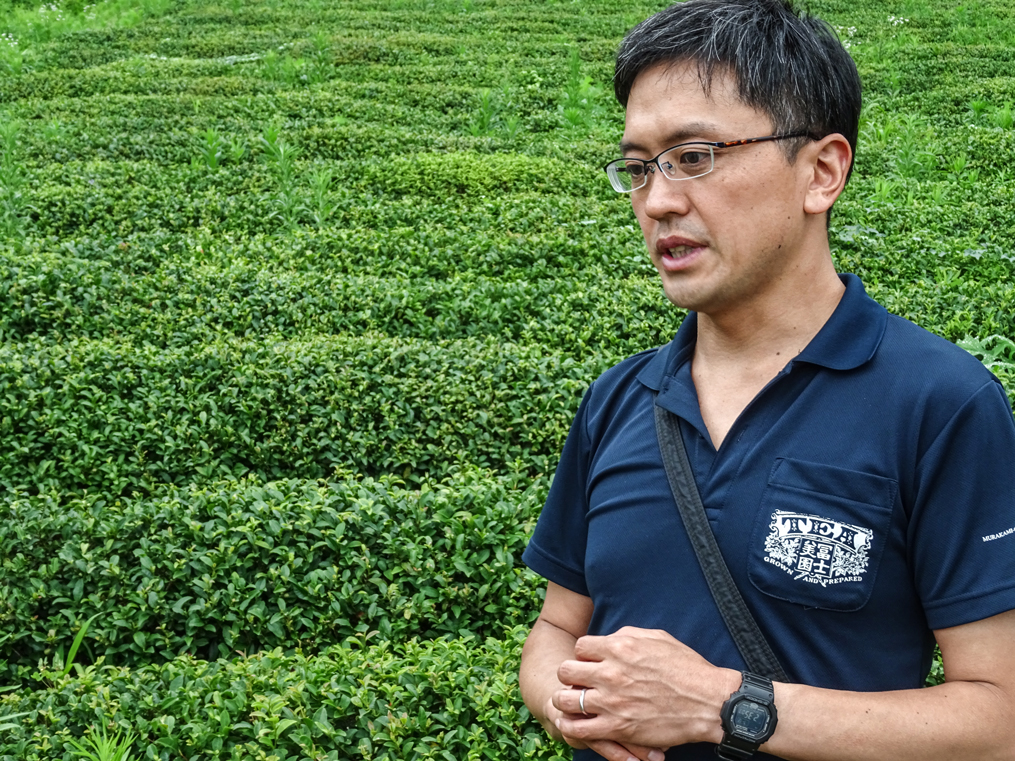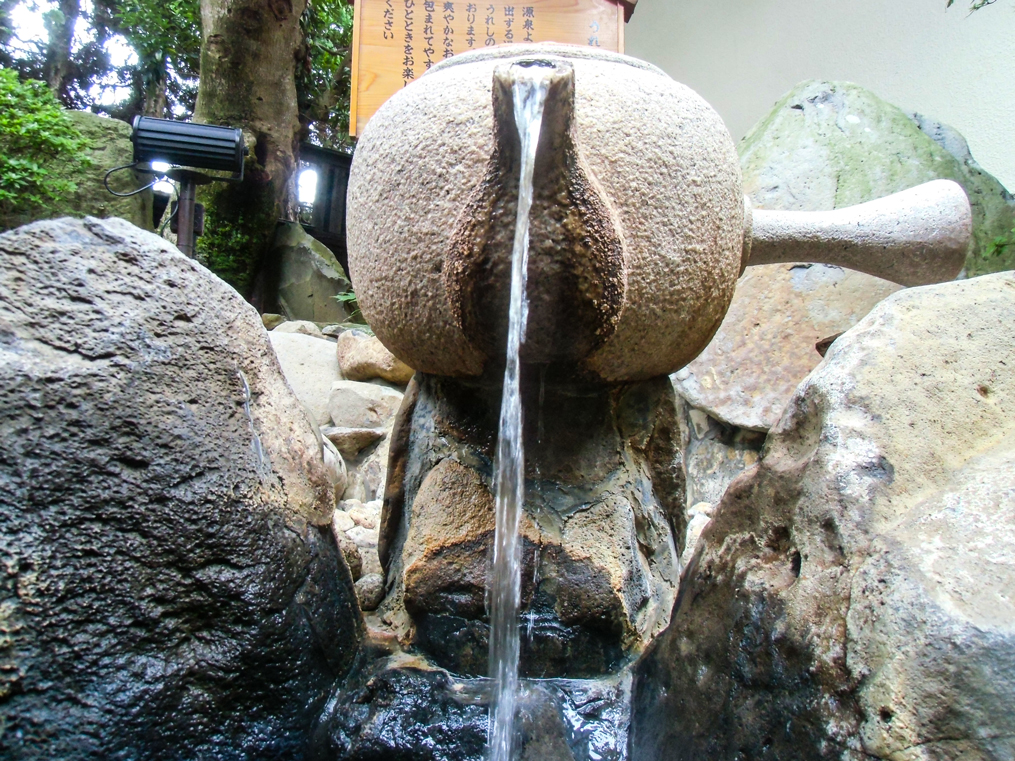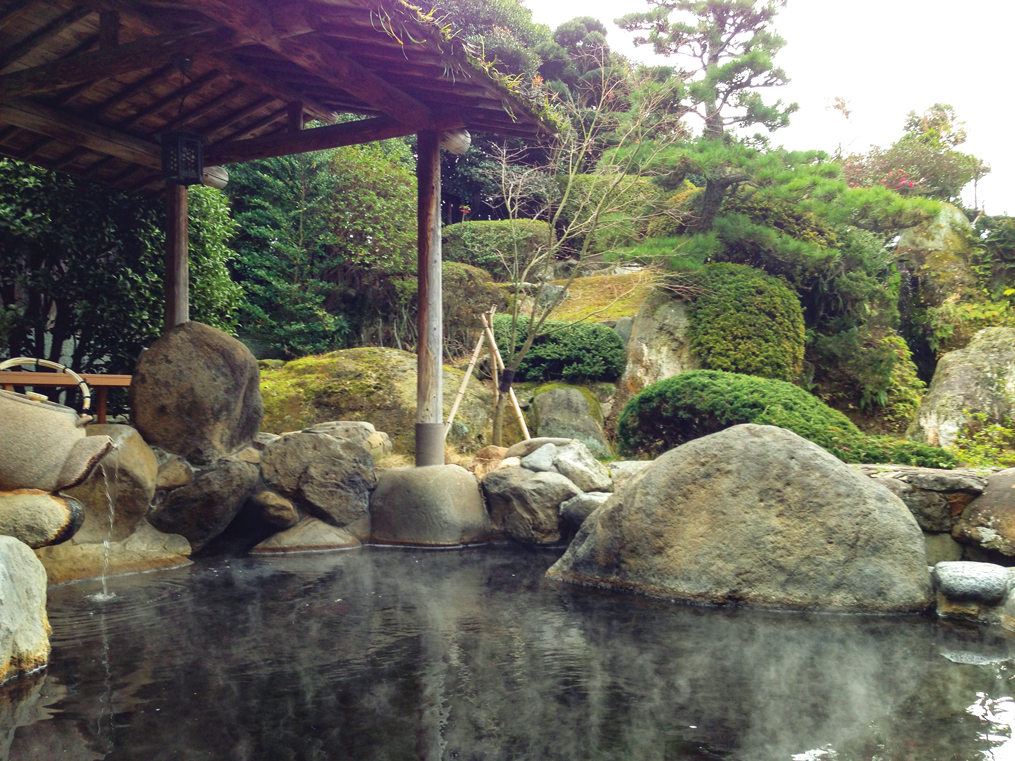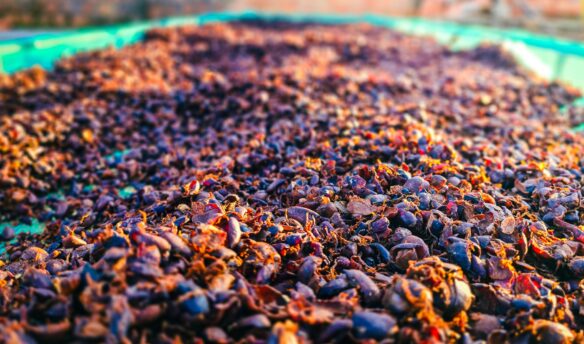Goushi Iijima examines tea in Northern Japan. All photos by Greg Goodmacher
[F]or centuries, green tea reigned supreme as Japan’s beverage of choice, and the tea ceremony was a high-status, even an almost sacred, activity. But with the rise of globalization, loose-leaf tea consumption is declining, and the tea ceremony has lost cache among the younger generation.
Attendance at Japanese tea ceremony schools is falling. Japanese youth are more likely to hang out in Starbucks than in a tea café. Soda, imported mineral water, and coffee are stealing supermarket shelf space from Camellia sinensis. Globalization, technological advances, and population decline are changing tea culture.
But the tea industry is fighting back.
Why is Traditional Tea Culture on the Decline?
Various explanations exist as to why traditional tea culture is losing appeal. Journalist Seiichi Oshima thinks that the tendency to communicate by SMS, email, and smartphones has created a generation that is not comfortable with the face-to-face philosophical communication that is an integral aspect of the tea ceremony.
Cultural changes in gender roles also affect tea culture, adds businessperson Satoshi Daiguji. Women no longer feel cultural pressure to master flower arrangement and the tea ceremony.
The Global Japanese Tea Association (GJTA) webpage expresses a concern that worries the Japanese tea industry: “The younger generations in Japan tend to view tea as old-fashioned.”
“It is rare to find Japanese teaware in younger people homes,” says CEO Simona Zavadckyte.
Sales of bottled tea are skyrocketing while loose-leaf tea sales are sinking. Youth don’t take the time to make fresh-brewed tea. It does not match contemporary high-paced lifestyles.
Japan’s Population, Tea Farms & Tea Consumption
Japan’s population has been declining for 10 years. The government predicts a loss of 15 million by 2040. People like Goushi Iijima, a 43-year-old, sixth-generation tea farmer and president of Fujimien Tea, are rare. Most young Japanese, including children of tea farmers, are uninterested in farming. Many farmers are retiring; few are replacing them.
Tea farm acreage declined by almost 15% between 2000 and 2016, according to the Ministry of Agriculture. Farms across Japan are disappearing partly due to aging of the farmers. A 2000 census counted 53,687 tea farms; that number plunged to 19,603 in 2015.
Iijima observes that today’s generation isn’t learning from grandparents to enjoy brewing tea. His solution is to create events in which young Japanese learn how to brew and appreciate tea. By partnering with sake producers, who are also competing with imported products and cultural changes, to promote local products, he can reach more people.
Adapt, Innovate & Become Fashionable
Iijima says the Japanese palate has changed, and therefore tea makers must adapt. He is thinking of creating teas with locally grown fruit. He believes that his small company in Niigata prefecture, Northern Japan, needs “something unique that the big companies do not do.”
In Kagoshima Prefecture, Kyushu, Birouen Tea House created a unique green tea mixed with the dried, powdered skin of a rare mandarin orange that grows on a small island. The tea, named Sakurajima Komikan, won a gold prize in the 2017 World Green Tea Contest. Birouen Tea House salesperson Andre Andersson explains that developing new teas is one of Birouen’s strategies for domestic and international sales.
For the Japanese market, his company is in the process of “reinventing our domestic stores and creating new markets.” The company is experimenting with cold-brewed teas served in wine glasses, variously shaped to allow customers to savor different aromas.
In big cities, some new tea cafés are following the examples of boutique coffee shops. Tokyo Saryo bills itself as the “World’s First Hand-drip Green Tea Shop.” Tea makers prepare rare hand-dripped single-origin teas. The café is introducing unusual Japan-grown teas to customers; most employees are Japanese in their late twenties and early thirties.
Making tea more fashionable is a goal for the tea industry. Birouen’s in-house designer is creating elegant tea bags, says Andersson. One stylish tea package, shaped like a purse, includes seven assorted teas individually wrapped in differently colored sachets.
Looking Overseas for Survival
Andersson says that as the domestic market declines, international sales for his company have been doubling or tripling every year for the last seven years. An emphasis on producing organic teas is paying off. He promotes his products at organic produce shows in addition to beverage trade shows.
Creating New Products & Uses for Tea
Creating original goods and services is another survival strategy for tea farmers and companies. Green tea salt, face masks, pillows, bathing powder, lip balm, dyed clothing, deodorizing sheets, and insoles are only some examples. The tea industry is encouraging the inclusions of tea powder in various foods: cookies, pancakes, soba, pasta, and more.
Tea Tourism
Tea farms across Japan are supplementing their incomes by creating tours that include walking through tea gardens, picking leaves, processing tea leaves, and drinking tea. Iijima of Fujimien arranges tea tours twice a year.
Partnering with tea farmers, Warakuen Hotel in Ureshino, Kyushu, was one of the first Japanese hotels to develop tea baths. Ureshino is rich with tea fields and natural hot springs. Hot mineral water flows through giant stone teapots stuffed with pounds of tea leaves into hot spring baths. Bathers rub their skin with tea bags while soaking in tea. The hotel spa provides facial masks and massages with tea. The restaurant serves local beef with tea shabu-shabu, tea porridge, and other tea dishes.
Japan’s Agency for Cultural Affairs, to cater to the growing number of annual foreign tourists and in preparation for the 2020 Tokyo Olympics and Paralympics, is promoting the country’s heritage by creating tours focused on education, the silk industry, tea, and more. The agency chose historical locations near Kyoto with connections to tea, created maps, and suggested tour routes for what it calls “A Historical Walk Through 800 Years of Japanese Tea.” On this route, according to the brochure, foreigners and locals alike “can experience the different developmental stages in the history of tea production through the beautiful tea fields, rows, of wholesale shops, and tea-related festivals,” in the hopes that “this heritage may be effectively preserved and maintained.”
Globalization, demographics, and technology have traditional tea culture on the ropes, but the Japanese tea industry is working hard to reinvent itself.


